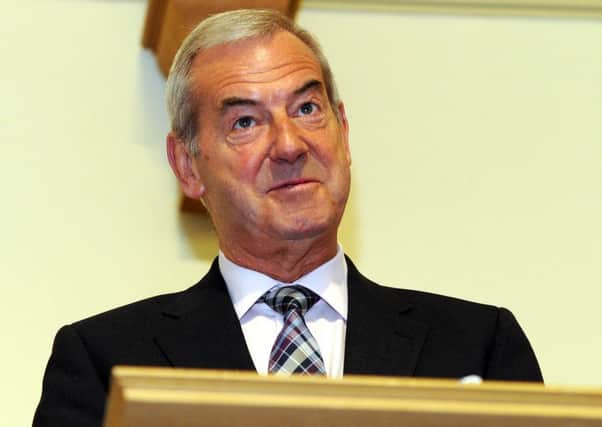Glasgow regeneration project gets tenant as SPIE moves in


SPIE, a provider of multi-technical services, has taken the top half of One Rutherglen Links in a move to consolidate its three existing Lanarkshire offices. The four-storey Grade A building, constructed at a cost of £5 million, is located on a formerly derelict site just yards from the town’s Main Street and Rutherglen railway station.
The move will see 141 staff brought together in a single headquarters, with room for additional workers as SPIE expands its operations in Scotland. The deal in Rutherglen comes hard on the heels of new premises in Edinburgh for the organisation, which employs more than 3,000 people across the UK providing technical services in the energy, safety and environmental fields.
Advertisement
Hide AdAdvertisement
Hide AdLord Smith of Kelvin, the chair of Clyde Gateway, the group in charge of the regeneration project, said his group is “delighted” to welcome SPIE to One Rutherglen Links.
“SPIE is part of what is a very welcome surge in the number of firms and organisations who recognise just how much Clyde Gateway can offer in terms of the quality and location of the business space, the easy access to public transport and motorway links together with highly competitive rental levels, all of which have helped us attract more than 4,500 jobs for the area over the past few years, with around 85 per cent of the 50,000 sq m of completed business space now occupied,” he said.
“There is something of a shortage of new, affordable quality office stock in and around the city-region, but our commitment to speculative developments at a number of locations across Clyde Gateway will help address this gap.”
The 840 hectares within Clyde Gateway’s remit is one of Europe’s largest regeneration areas. The aim is to inject £1.5bn of pubic and private investment into the district through a 20-year programme.
A major part of this involves the speculative construction of business space to bring in new employers. Eleven such projects have been completed to date, inlocations across Bridgeton, Dalmarnock and Rutherglen.